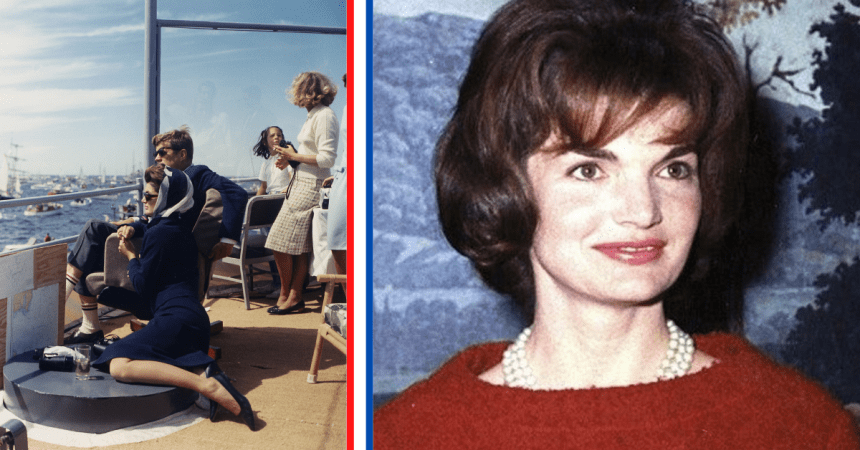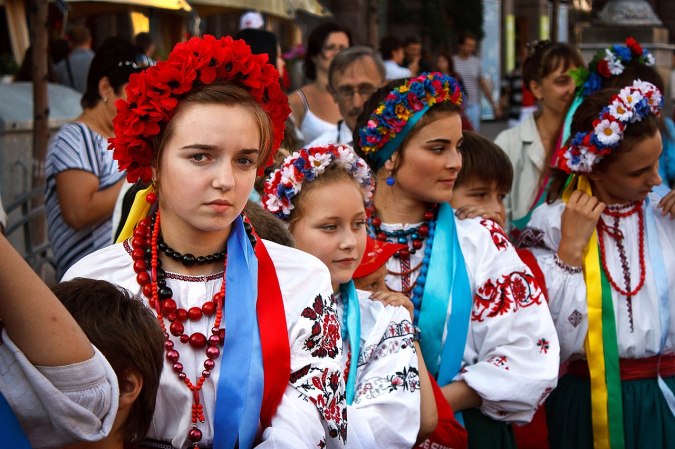Some of the lore around “Old Blood n’ Guts” Patton is common knowledge: He carried distinctive ivory-handled revolvers, he believed in reincarnation, and he infamously slapped two of his soldiers who were suffering from “battle fatigue.” But here are a few things you might not have known about “Old Blood n’ Guts.”
1. He was a terrible student at West Point

The man who would become one of America’s greatest fighting generals struggled during his first year at the U.S. Military Academy. He had to repeat his plebe year because he failed mathematics. He worked with a tutor for the rest of his time there, graduating 46th in a class of 103.
2. He predicted the Japanese sneak attack on Pearl Harbor
Patton served in Hawaii before World War II as the G-2 (intelligence) on the General Staff. He watched the rise of Japanese militancy in the Pacific, especially their aggression against the Chinese. In 1935, he wrote a paper called “Surprise” that predicted the Japanese attack on the U.S. islands with what one biographer called “chilling accuracy.”
3. He was an Olympic athlete

The first-ever modern pentathlon was held at the 1912 Olympics in Stockholm. The event is comprised of fencing, shooting, swimming, riding, and cross-country running. Patton placed fifth in the competition and was the only non-Swede to place.
4. He designed the sword his cavalry troops would use

After the Olympics, he studied fencing in France at the French Cavalry School near Saumur. Based on his training there, he not only redesigned the saber fighting style for the U.S. Army, he also designed a new sword to fit the doctrine. His new sword was built for thrusting over slashing attacks and was designated the Model 1913 Cavalry Saber.
5. He awarded a chaplain a Bronze Star for composing a prayer
During the Battle of the Bulge, Patton’s Third Army was tasked to relieve the 101st Airborne, who were surrounded in Bastogne. He asked chaplain James Hugh O’Neill to compose a prayer for good weather that would help the Third Army get to Bastogne and to air cover while en route. Here’s the prayer:
“Almighty and most merciful Father, we humbly beseech Thee, of Thy great goodness, to restrain these immoderate rains with which we have had to contend. Grant us fair weather for Battle. Graciously hearken to us as soldiers who call upon Thee that, armed with Thy power, we may advance from victory to victory and crush the oppression and wickedness of our enemies, and establish Thy justice among men and nations. Amen.”
When the weather did clear, Patton pinned the Bronze Star on O’Neill personally.
6. He was sickened by the sight of a concentration camp

The Ohrdruf concentration camp was one in the string of Buchenwald camps. It was also the first such camp liberated by U.S. troops, on April 4, 1945. Eight days later, Eisenhower toured the camp with Patton and General Omar Bradley. Ike wrote in his diary:
The visual evidence and the verbal testimony of starvation, cruelty and bestiality were so overpowering as to leave me a bit sick. In one room, where they were piled up twenty or thirty naked men, killed by starvation, George Patton would not even enter. He said that he would get sick if he did so.
Patton described it as “one of the most appalling sights that I have ever seen.”
7. He was the first general to integrate his riflemen

The general’s main source of inspiration for his men came from his ability to address them in speech. He demanded a lot from his soldiers, no matter what color they were. Addressing on tank battalion he said the following:
“Men, you are the first Negro tankers ever to fight in the American Army. I would never have asked for you if you weren’t good. I have nothing but the best in my army. I don’t care what color you are, so long as you go up there and kill those Kraut sonsabitches! Everyone has their eyes on you and is expecting great things from you. Most of all, your race is looking forward to you. Don’t let them down and, damn you, don’t let me down!”
8. He was No. 3 when Eisenhower ranked his generals
In February 1945, Eisenhower was Supreme Allied Commander and the war was going well. Taking stock of the best military minds he had under his command, he wrote out a list, ranking the capabilities of his American generals in Europe. Omar Bradley and Carl Spaatz were tied for first with Walter B. Smith in second place. Patton was a solid three.

To Ike, Bradley was a planner of the success in Europe, Patton simply executed that plan.
9. The Germans admired him more than the British
The nicest thing most generals from Britain had to say about Patton was that he was good for operations requiring lighting thrusts but at a loss in any operation requiring skill and judgment.
Conversely, the German High Command (as well as the Free French) thought Patton one of the ablest generals of the American Army. German Generals Erwin Rommel, Albert Kesselring, and Alfred Jodl are all known to have remarked to other on Patton’s brilliance on the battlefield.











